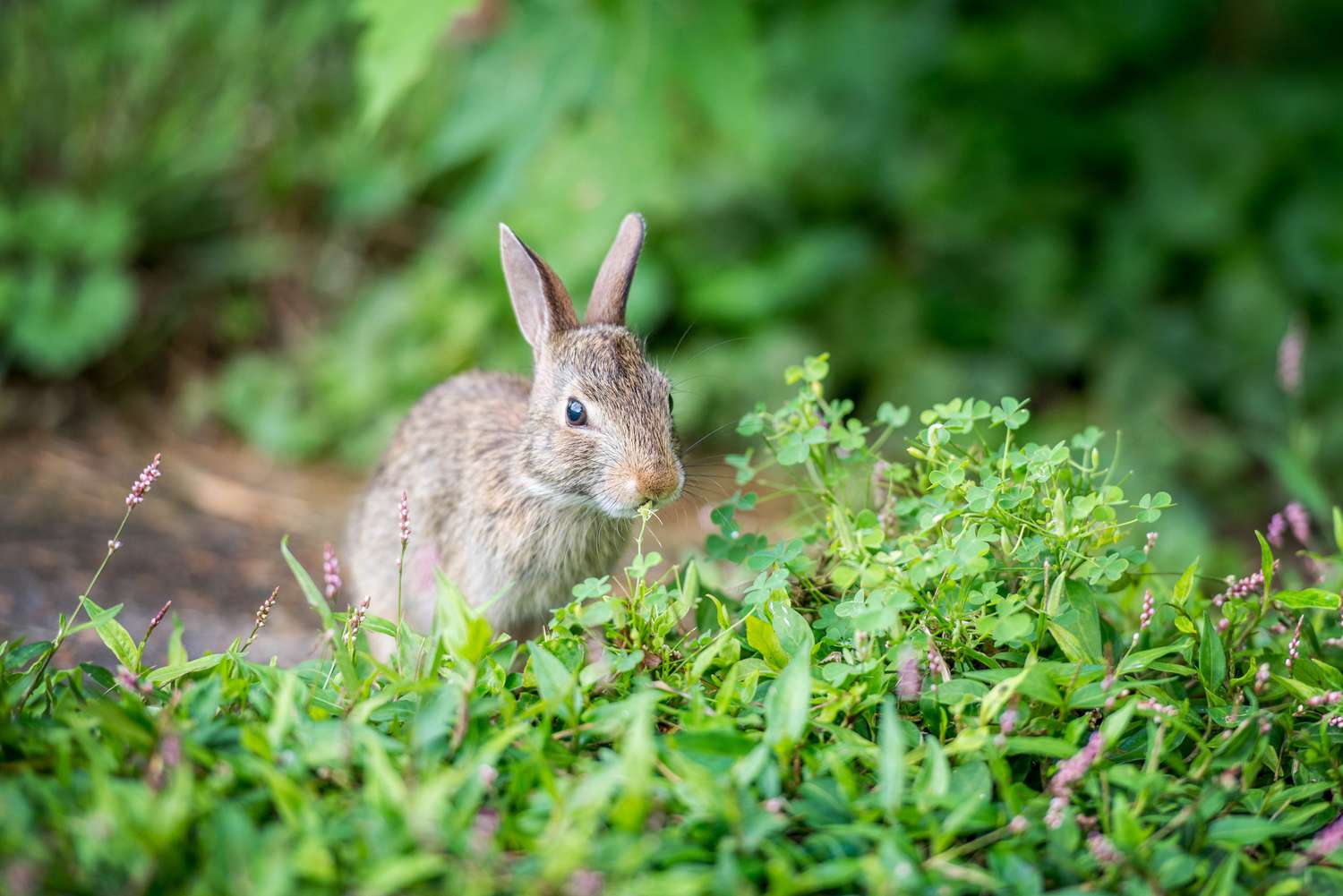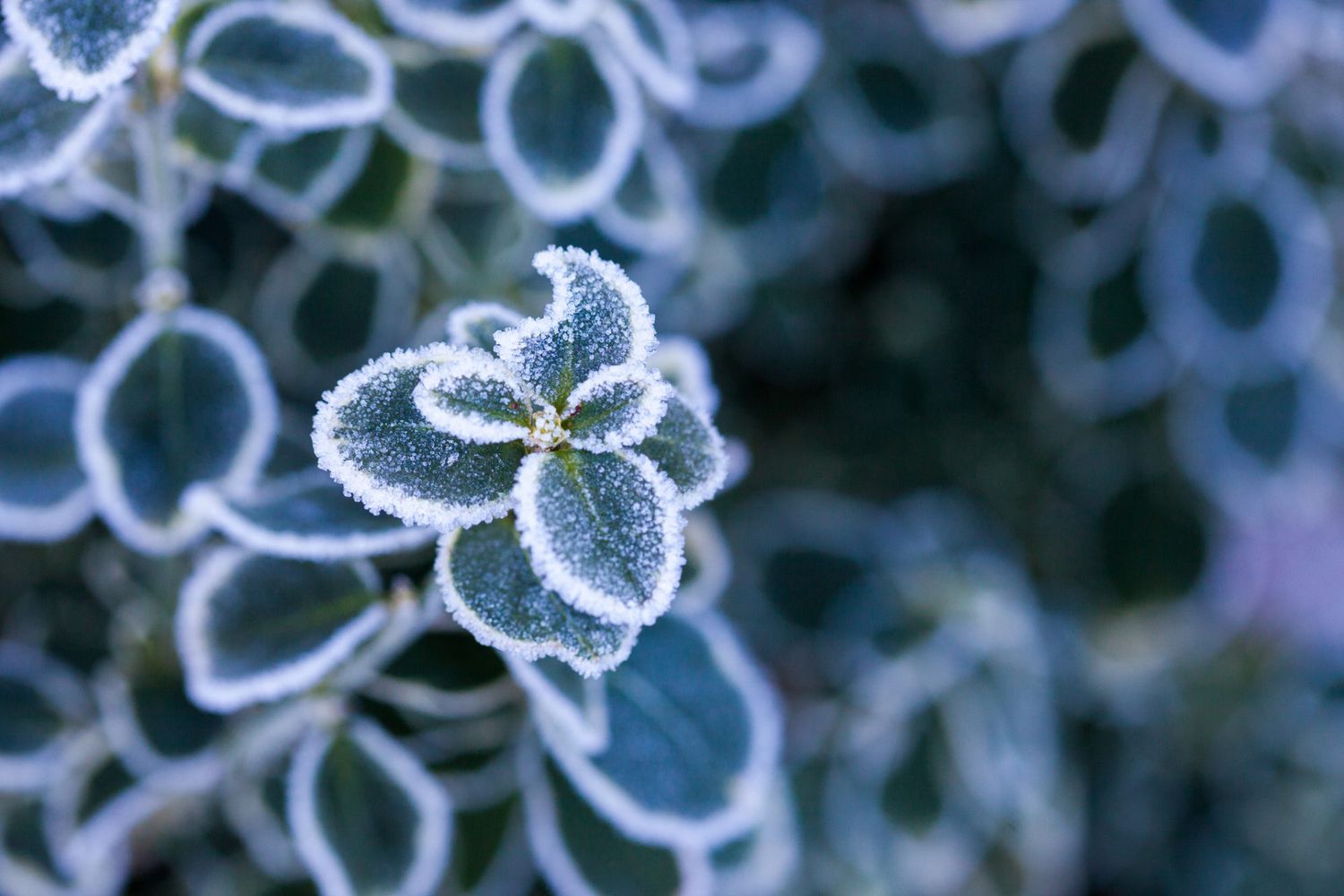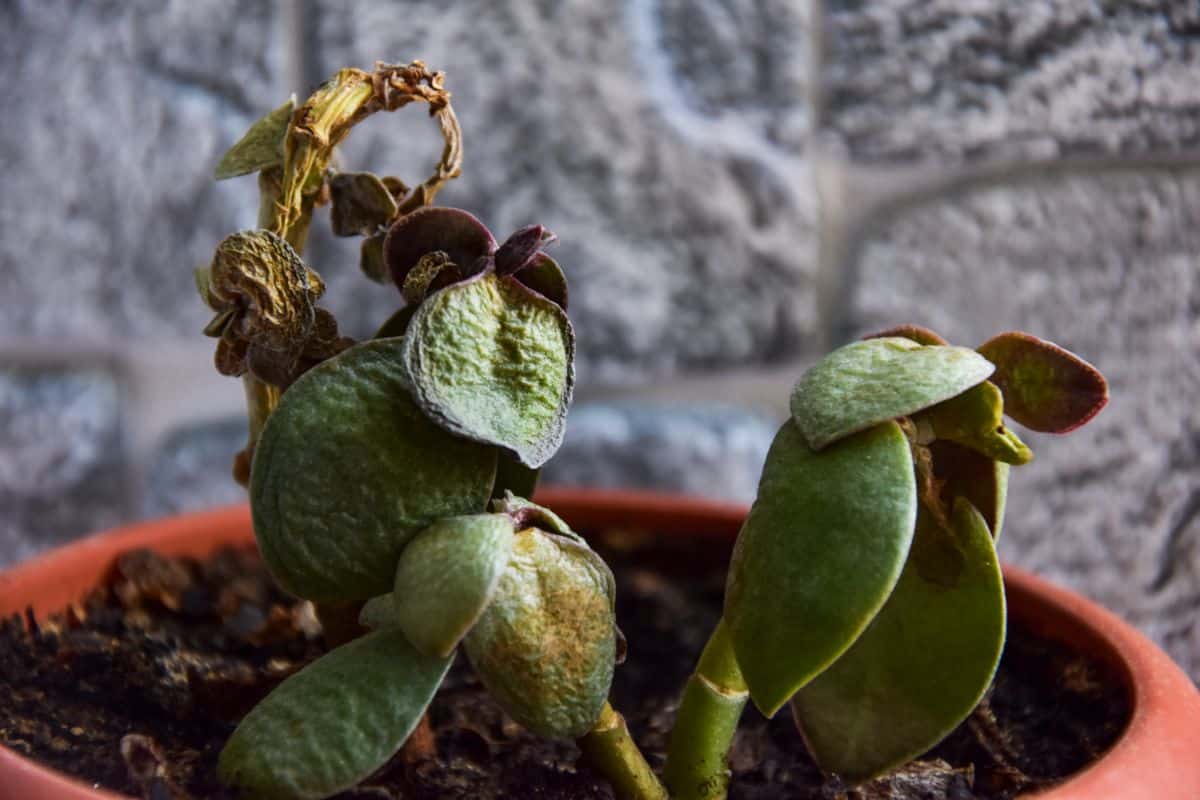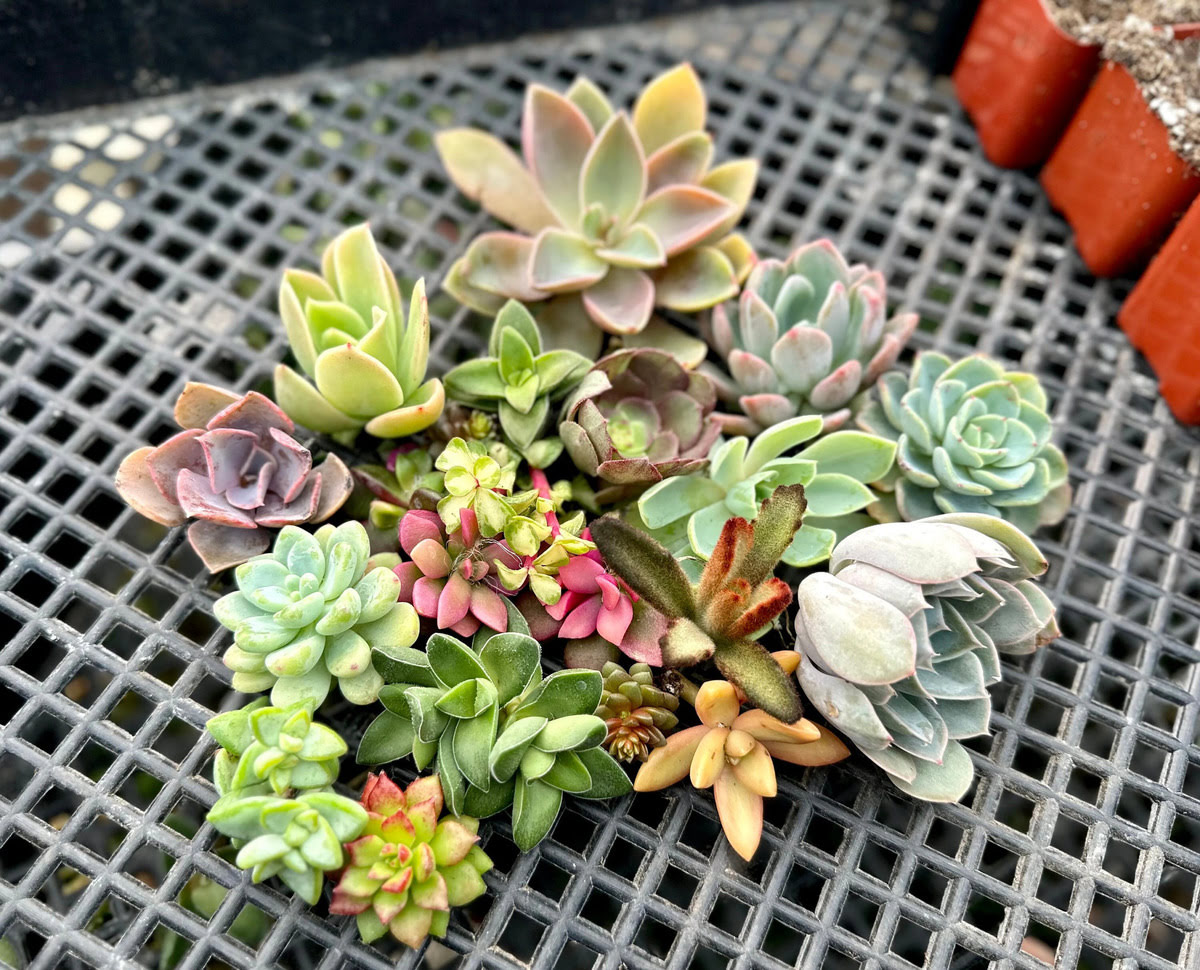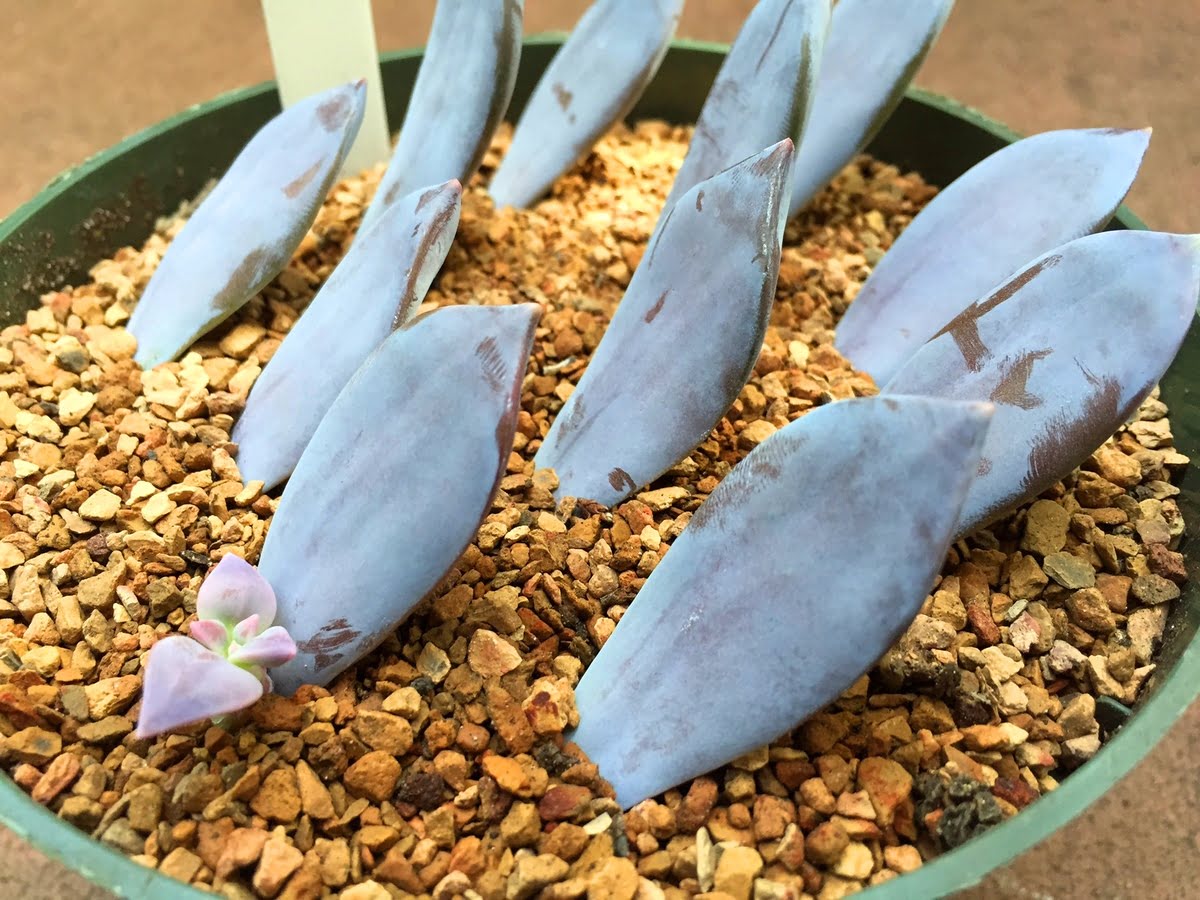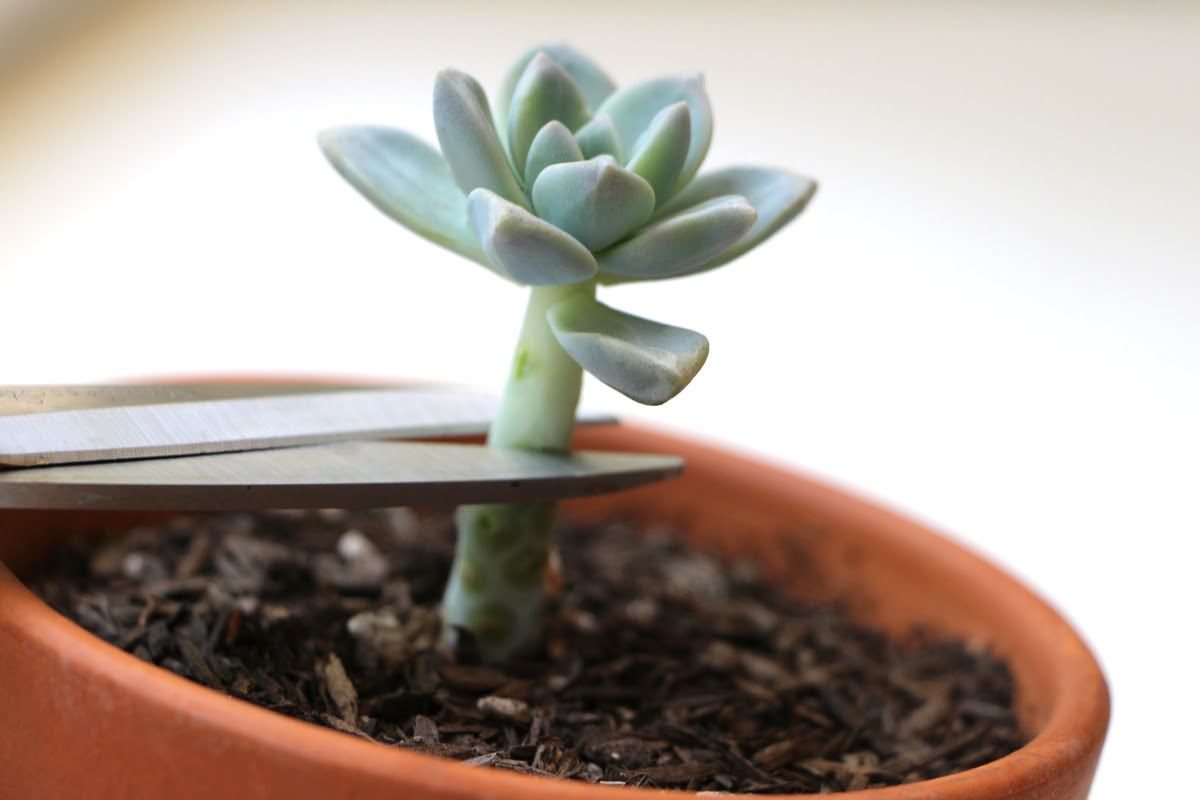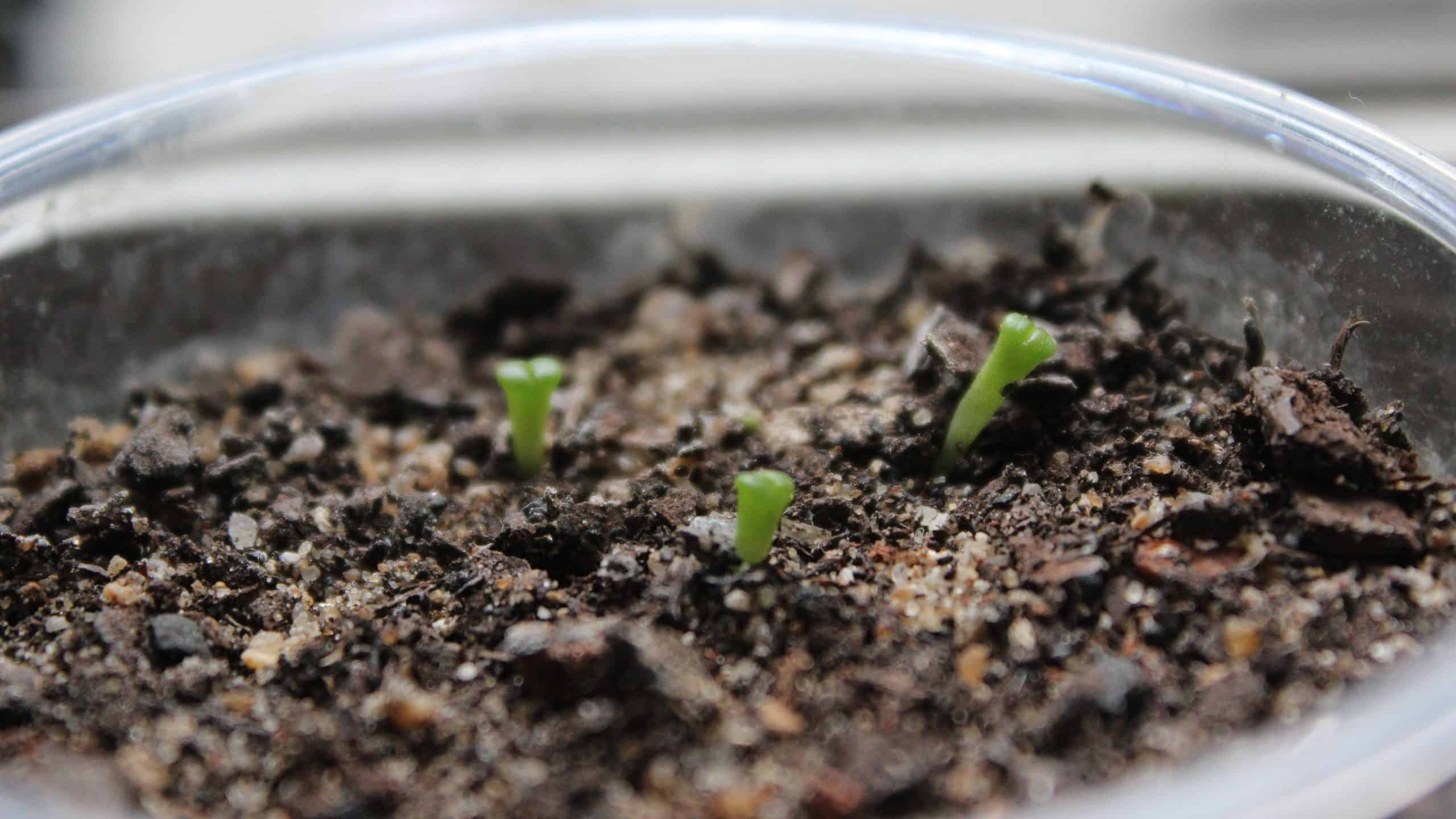Home>Gardening Techniques>Seasonal Gardening>How To Protect Outdoor Succulents From Frost
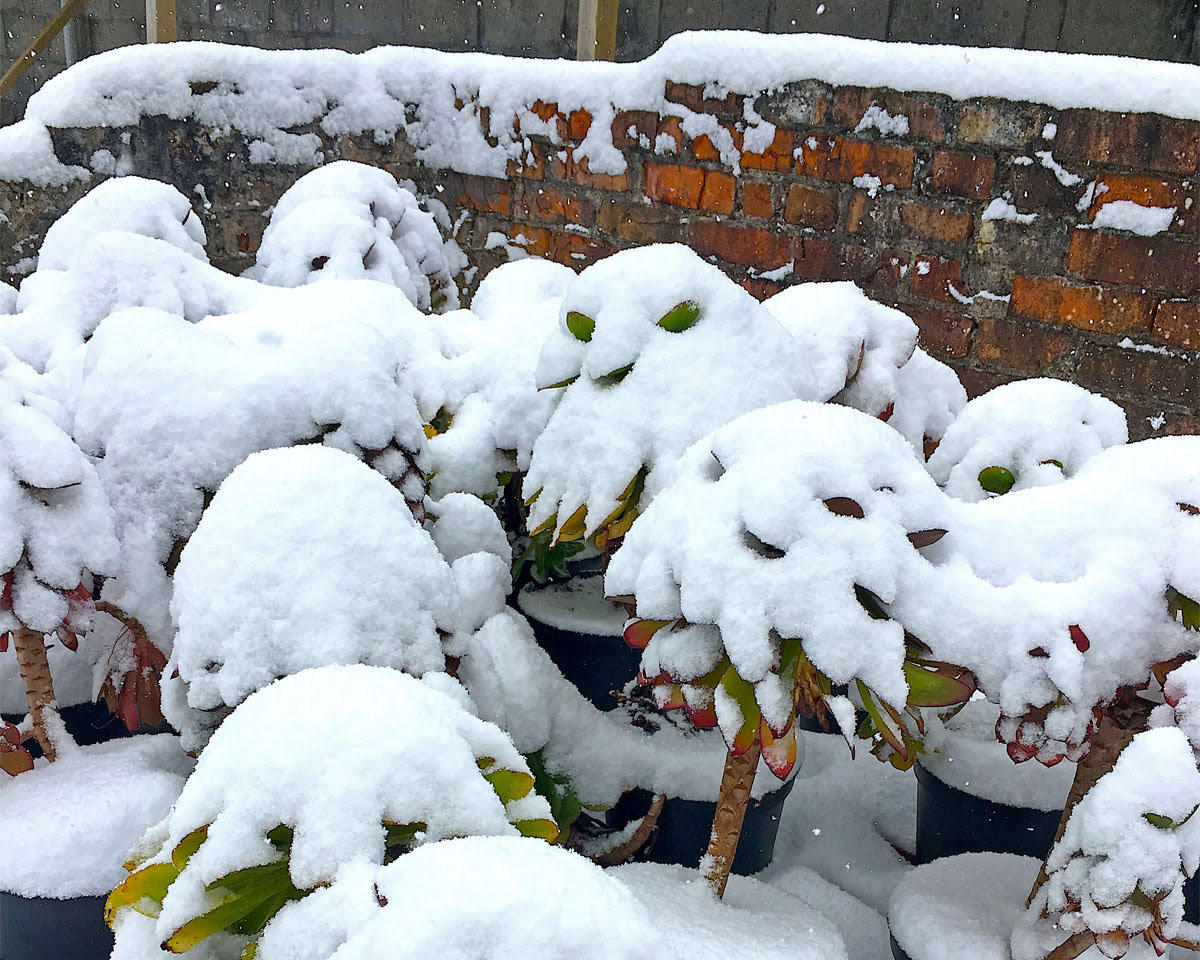

Seasonal Gardening
How To Protect Outdoor Succulents From Frost
Modified: January 22, 2024
Learn how to protect your outdoor succulents from frost with our helpful seasonal gardening tips. Keep your plants safe and thriving during the colder months.
(Many of the links in this article redirect to a specific reviewed product. Your purchase of these products through affiliate links helps to generate commission for Chicagolandgardening.com, at no extra cost. Learn more)
Table of Contents
Introduction
Welcome to the wonderful world of seasonal gardening, where every season brings its own set of joys and challenges. As an avid gardener, you may already be familiar with the joys of nurturing plants and watching them thrive outdoors. However, when the colder months roll around and frost becomes a concern, it’s important to take extra care to protect your outdoor succulents from potential damage.
Succulents are known for their ability to thrive in arid conditions, making them a popular choice for outdoor gardens. With their fleshy leaves and ability to store water, they can withstand drought and thrive in hot climates. However, despite their hardiness, succulents are not invincible and can still be vulnerable to frost if not properly protected.
Frost occurs when the temperature drops below freezing, causing water within plant cells to freeze and expand, damaging cell walls. This can result in wilted, discolored, or even death of the affected succulent. Additionally, succulents that are exposed to prolonged periods of frost may experience long-term damage, compromising their overall health and appearance.
Choosing the right outdoor succulents is an important step in ensuring their ability to withstand frost. Some succulent species are more cold-hardy than others and are better equipped to tolerate freezing temperatures. By selecting cold-hardy varieties, you can increase the chances of your succulents surviving frosty conditions without extensive damage.
In this article, we will guide you through the process of protecting your outdoor succulents from frost. We will discuss the types of succulents that are more resistant to frost, as well as the steps you can take to prepare, protect, and care for your succulents during cold weather. So, grab your gardening gloves and let’s dive into the world of frost protection for your beloved outdoor succulents!
Understanding Frost and Frost Damage
Before we delve into the specific methods of protecting outdoor succulents from frost, it’s important to understand what exactly frost is and how it can damage your plants. Frost occurs when the temperature drops below freezing, typically around 32 degrees Fahrenheit (0 degrees Celsius), causing water to freeze and form ice crystals on the surfaces of plants.
When succulents are exposed to frost, the ice crystals that form on their leaves and stems can cause damage to the plant cells. As the ice crystals expand, they rupture the cell membranes, leading to cell death and irreversible damage. This damage may manifest as wilting, discoloration, and even the death of the affected plant.
It’s worth noting that not all succulents are equally susceptible to frost damage. Some species, known as cold-hardy succulents, have adaptations that enable them to tolerate freezing temperatures more effectively. These cold-hardy succulents have thicker cell walls, higher sugar content, and other mechanisms that help them withstand frost.
To assess the level of frost protection needed for your succulents, it’s essential to understand the specific cold hardiness zone you are in. Cold hardiness zones classify regions based on their minimum average annual temperature and help determine which plants are best suited for a particular area. By knowing your zone, you can choose outdoor succulents that are better equipped to handle the local climate.
However, even if you have selected cold-hardy succulents, it’s still crucial to take precautions to protect them during periods of freezing temperatures. Freezing can be particularly damaging when combined with other factors, such as high winds or extended periods of frost. By implementing protective measures, you can further safeguard your succulents and increase their chances of surviving unscathed.
Now that we have a better understanding of frost and its potential impact on outdoor succulents, let’s explore the steps you can take to prepare your plants for the cold weather and minimize the risk of frost damage.
Choosing the Right Outdoor Succulents
When it comes to protecting your outdoor succulents from frost, one of the first steps is selecting the right plants for your climate. Not all succulents are created equal in terms of cold tolerance, so choosing cold-hardy varieties is essential for ensuring their survival through the winter.
When shopping for outdoor succulents, look for species that are known for their ability to withstand freezing temperatures. Some popular options include Sedum spp., Sempervivum spp., and Agave spp. These succulents have adapted to colder climates and have evolved mechanisms to survive in low temperatures.
To determine whether a succulent is suitable for your climate, it’s crucial to know your USDA hardiness zone. The USDA hardiness zone map divides the United States into different regions based on their average minimum winter temperatures, ranging from Zone 1 (coldest) to Zone 13 (warmest). By knowing your zone, you can choose succulents that are rated for your specific climate.
Once you know your hardiness zone, make sure to check the cold hardiness rating of the succulent species you are considering. This rating will indicate the lowest temperature that the plant can tolerate without suffering significant damage.
When selecting outdoor succulents, keep in mind that certain varieties might not be as well-suited to colder climates. Tender succulents, such as Echeveria spp. and Aloe spp., are more susceptible to frost damage and may require extra protection or overwintering indoors in colder regions.
Additionally, it’s always a good idea to consult with your local nursery or gardening center for specific succulent recommendations based on your location. They can provide valuable insights and advice regarding the most suitable succulents for your area’s climate.
By choosing the right outdoor succulents for your climate, you are setting yourself up for success in protecting them from frost. In the next section, we will explore the steps you can take to prepare your outdoor succulents for the upcoming cold weather.
Preparing Your Outdoor Succulents for Frost
Proper preparation is key when it comes to protecting your outdoor succulents from frost damage. By taking proactive steps, you can help your plants withstand the cold weather and minimize the risk of frost-related issues. Here are some essential preparations to consider:
- Monitor weather forecasts: Stay informed about upcoming frost events by regularly checking local weather forecasts. This will give you a heads up on when to expect freezing temperatures and allow you to plan accordingly.
- Water your succulents: Proper watering is crucial in the lead-up to frost. Ensure that your succulents are well-hydrated but not overly saturated. Watering a day or two before frost helps plants retain moisture and provides insulation against the freezing temperatures.
- Stop fertilization: Cease fertilizing your outdoor succulents as the colder months approach. Fertilizers encourage new growth, which can make the plants more vulnerable to frost damage. Allow your succulents to enter a period of dormancy, focusing their energy on hardening off for the winter.
- Remove debris and dead foliage: Clear away any fallen leaves, dead foliage, or other debris around your succulents. These can harbor pests and diseases, and also create a damp environment that promotes frost damage. Keeping the area clean and tidy minimizes potential risks.
- Provide adequate sunlight: Ensure that your succulents receive sufficient sunlight during the day. This helps to keep them healthy and maintain their cold resistance. If necessary, consider relocating potted succulents to sunnier spots or using reflective surfaces to maximize sunlight exposure.
In addition to these preparations, it’s important to assess the planting location of your outdoor succulents. Choose areas with good drainage to prevent water from pooling around the plants. Excess moisture can lead to root rot and make your succulents more susceptible to frost damage. Raised garden beds or containers with drainage holes are excellent options for managing moisture levels.
By implementing these pre-frost preparations, you are establishing a strong foundation for protecting your outdoor succulents. However, additional measures may be needed during frosty conditions to provide extra insulation and safeguard your plants. In the next section, we will discuss some of the protective methods you can use to shield your outdoor succulents from the cold.
Providing Additional Protection for Your Outdoor Succulents
When it comes to protecting your outdoor succulents from frost, providing additional insulation and shelter can make a significant difference in their survival. While some cold-hardy succulents can withstand freezing temperatures on their own, others may require extra protection. Here are some effective methods to shield your succulents from the cold:
- Covering with blankets or sheets: As frost approaches, cover your outdoor succulents with blankets or sheets. This creates a barrier that helps trap heat radiating from the ground and prevent frost from directly affecting the plants. Make sure to secure the covers properly to avoid them blowing away in strong winds.
- Using frost blankets or floating row covers: Frost blankets or floating row covers are specifically designed to protect plants from cold temperatures. These lightweight fabrics allow air, light, and moisture to penetrate while providing insulation. Secure the blankets or covers over your succulents, ensuring they are not in direct contact with the leaves.
- Building a cold frame or greenhouse: If you have the space and resources, constructing a cold frame or greenhouse is an excellent long-term solution for protecting your succulents. These structures create a controlled environment, shielding your plants from extreme temperatures and frost.
- Using mulch: Applying a layer of organic mulch, such as straw or wood chips, around the base of your succulents can offer insulation and protection. Mulch helps to regulate soil temperature, retain moisture, and prevent frost from seeping into the roots.
- Moving potted succulents indoors: If you have potted succulents in areas prone to heavy frost, consider moving them indoors during the colder months. Find a spot with bright, indirect light, such as a sunny window, and ensure proper ventilation to prevent humidity buildup.
When using any kind of cover or protection, it’s crucial to monitor the weather and remove the coverings during warm periods or when the frost threat has passed. Excessive covering can cause humidity buildup and increase the risk of fungal diseases or rot.
Remember to provide ventilation for your covered succulents to prevent condensation that can lead to rot or mold. Good air circulation is crucial even in cold conditions, so periodically check on your plants to ensure they are not becoming too damp or suffocated.
By implementing these additional protective measures, you can significantly increase the chances of your outdoor succulents surviving frosty conditions. However, it’s important to continue monitoring and caring for your plants during periods of extended cold weather, as well as being prepared to take further action if necessary. In the next section, we will explore the steps to monitor and care for your outdoor succulents during frost.
Monitoring and Caring for Your Outdoor Succulents during Frost
Monitoring your outdoor succulents during periods of frost is essential to ensure their well-being and minimize potential damage. By staying vigilant and providing ongoing care, you can help your plants survive and thrive even in cold weather. Here’s what you need to do:
- Check for signs of frost damage: Regularly inspect your succulents for any signs of frost damage. Look for wilted or discolored leaves, soft or mushy parts, or any other abnormalities that may indicate frost injury. If you spot any damage, gently remove the affected parts with clean, sharp scissors or pruning shears.
- Provide supplemental heat: In extremely cold conditions, providing supplemental heat can be beneficial, especially for tender succulents. You can use outdoor heating devices, such as heat lamps or frost-free cables, to create a small warm microclimate around your plants. Be sure to follow safety guidelines and avoid direct contact between the heat source and the plants.
- Avoid overwatering: During frosty weather, it’s important to be mindful of your succulents’ watering needs. Cold temperatures slow down the plant’s growth rate and reduce its water requirements. Avoid overwatering, as excess moisture combined with freezing temperatures can lead to root rot. Let the soil dry out partially between waterings.
- Protect from extreme cold and wind: In addition to the measures mentioned earlier, protect your succulents from extreme cold and harsh winds. Use windbreaks, such as fences or temporary barriers, to shield your plants from strong gusts that can cause desiccation. Avoid placing your succulents in areas with high wind exposure if possible.
- Resist the urge to prune: While it may be tempting to prune frost-damaged parts immediately, it’s best to wait until the threat of frost has passed. Pruning during cold weather can further stress the plant. Instead, focus on providing care and protection until the weather warms up, and then assess the extent of the damage before pruning.
Remember that each succulent species has different tolerances and may require specific care during frost. Consult plant-specific resources or seek advice from local gardening experts to ensure the best practices for your varieties.
As the weather warms up and frost is no longer a concern, gradually remove any coverings, blankets, or other protection from your succulents. Allow them to adjust to the changing conditions and gradually reintroduce them to full sunlight to prevent sunburn.
By monitoring and caring for your outdoor succulents during frost, you are providing the necessary support and attention to help them thrive in challenging conditions. With proper care and protection, your succulents will be ready to flourish once again when the spring season arrives.
Conclusion
Seasonal gardening is a delightful endeavor, and protecting your outdoor succulents from frost is an important aspect of ensuring their health and longevity. By understanding the nature of frost, choosing the right plants, and implementing proper preparations and protection, you can safeguard your succulents from potential damage during the colder months.
When selecting outdoor succulents, opt for cold-hardy varieties that are suited to your specific climate and hardiness zone. These plants have adaptations that help them withstand freezing temperatures and minimize the risk of frost damage. Additionally, preparing your succulents for frost by monitoring weather forecasts, watering appropriately, and removing debris will contribute to their overall resilience.
Providing additional protection for your outdoor succulents is vital during frosty conditions. Whether it’s covering them with blankets or frost blankets, using mulch, or even considering moving potted succulents indoors, these measures can provide insulation and shield your plants from the cold. Continuously monitoring for signs of frost damage and providing ongoing care, such as avoiding overwatering and protecting from extreme cold and wind, are essential to support your succulents’ well-being.
Remember, each succulent species may have different requirements, so consult specific care guides or local experts for tailored advice. By investing time and effort into protecting your outdoor succulents from frost, you are nurturing their growth and ensuring a rewarding gardening experience.
So bundle up your outdoor succulents for the winter months, and when spring arrives, you’ll be rewarded with a beautiful and resilient garden that showcases the wonders of seasonal gardening and the resilience of nature.
